Mormons do take communion, although they call it the sacrament. Each Sunday, a basic worship service is held at which the Sacrament, or Communion, is offered.
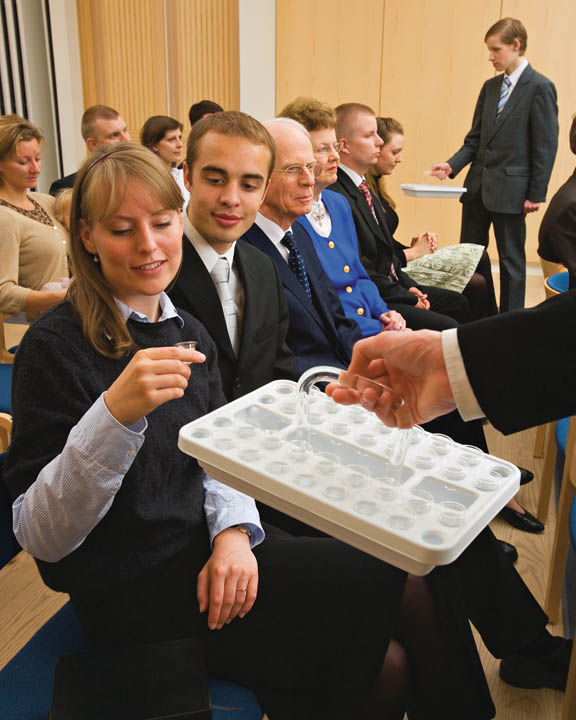 The Sacrament is blessed (prayed over) by priests. However, these aren’t priests in the Catholic sense. They are teenage boys, at least sixteen years of age, who hold what is called the Aaronic priesthood. Let’s begin by talking about the priesthood, since it is important to the topic.
The Sacrament is blessed (prayed over) by priests. However, these aren’t priests in the Catholic sense. They are teenage boys, at least sixteen years of age, who hold what is called the Aaronic priesthood. Let’s begin by talking about the priesthood, since it is important to the topic.
You might remember that in the Old Testament, God organized the Melchizedek priesthood. However, the people of Moses weren’t behaving themselves so God also created a priesthood through Aaron’s line. This is known as the Aaronic priesthood. It has less power than the Melchizedek priesthood. Initially, the Aaronic priesthood was only for Levites, but once the Law of Moses was fulfilled, that restriction was lifted.
Today, boys can receive the Aaronic Priesthood when they are twelve. The first two years they are Deacons. The next two years they are Teachers. Finally, they are Priests. The priests bless the sacrament, saying one of the few set prayers in the Mormon Church. You can read the prayers here:
It should be noted that Mormons no longer use wine for the Sacrament and have replaced it with water.
Before we analyze the prayer, let’s look at how the Sacrament is administered. First, there is a hymn that is focused on the purpose of the Sacrament. The entire congregation sings it under the direction of a chorister. While the congregation sings, the priests tear slices of bread into small pieces and place them in trays. After this, members bow their heads and fold their arms while one priest kneels and reads the prayer from a card. He must say it perfectly. If he makes a mistake and does not correct it himself, the bishop (lay pastor) will motion for him to repeat it until it is correct. Members are patient when a nervous teenager needs to repeat it several times.
Once the prayer for the bread is said, the deacons, ages twelve and thirteen (or anyone who is older but a deacon or anyone with a higher priesthood) pass the sacrament. These boys or men have been sitting in two rows of seats at the front of the chapel. They line up in two lines to receive the trays containing the bread. They each move to their assigned spaces and hand out the bread to waiting members. Members remain in their seats. The bread is taken to the end of an aisle. The first person takes his bread with his right hand and eats it and then takes the tray in his right hand and holds it for the person next to him. That person does the same thing for the person beside him. This continues until it reaches the end of the pew, where it is handed to a waiting deacon.
When the boys are done, they line up at the back of the chapel until all the boys are finished. They then proceed quietly back to the priests, who take the Sacrament themselves and serve it to the deacons. Then a prayer is said over the water and the process is repeated. The water is in small disposable cups holding a sip of water. The cups are filled by Teachers prior to the meeting. The water is passed to the members and then the boys, after receiving their own water, sit again until they are invited to return to their families.
If you are visiting a Mormon church, you can take the tray and simply pass it to the next person. However, if you choose to take the Sacrament, no one will likely stop you. Just ask your host what to do. Children who are not yet members of the church are given the bread and water even though they do not require forgiveness because they can’t sin.
Why Do Mormons Take the Sacrament?
Jesus Christ set the example for the Sacrament. The night before His death, he met with His apostles for what is commonly known as the Last Supper. We can read about this in Luke chapter 22. The quotes here are from the King James Translation.
19 And he took bread, and gave thanks, and brake it, and gave unto them, saying, This is my body which is given for you: this do in remembrance of me.
20 Likewise also the cup after supper, saying, This cup is the new testament in my blood, which is shed for you.
Following this, Jesus Christ was betrayed and the next day was crucified. The Sacrament then is meant to help us remember that sacrifice, the gift that made it possible for us to be saved. He had taken on Himself our sins in Gethsemane and then He died for us. Through this gift, we would be able to rise from the dead and live forever. We could also be forgiven of our sins if we repent and be saved.
The water represents the blood Jesus shed in Gethsemane when he took on our sins. Mormons do not believe it becomes the actual blood. The water represents the sacrifice of His body—His life—on the cross. Again, it is only a representation.
Mormons believe that when they take the Sacrament they are renewing their baptismal promises. At baptism when they are eight or older, they promise to take on themselves the name of Jesus Christ and to keep His commandments. At the Sacrament, they renew this covenant and remember and honor the sacrifices that were made on their behalf by their Savior
“It is essential that we renew our covenants by partaking of the sacrament. When we do this with a sincere heart, with real intent, forsaking our sins, and renewing our commitment to God, the Lord provides a way whereby sins can be forgiven from week to week. Simply eating the bread and drinking the water will not bring that forgiveness. We must prepare and then partake with a broken heart and contrite spirit. The spiritual preparation we make to partake of the sacrament is essential to receiving a remission of our sins.” (See Vaughn J. Featherstone, “Sacrament Meeting and the Sacrament”, Ensign, Sept. 2001, 23.)
About Terrie Lynn Bittner
The late Terrie Lynn Bittner—beloved wife, mother, grandmother, and friend—was the author of two homeschooling books and numerous articles, including several that appeared in Latter-day Saint magazines. She became a member of the Church at the age of 17 and began sharing her faith online in 1992.

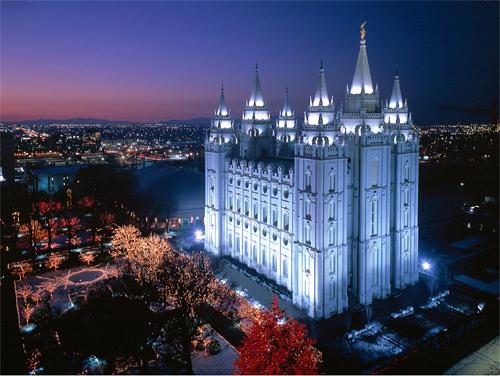
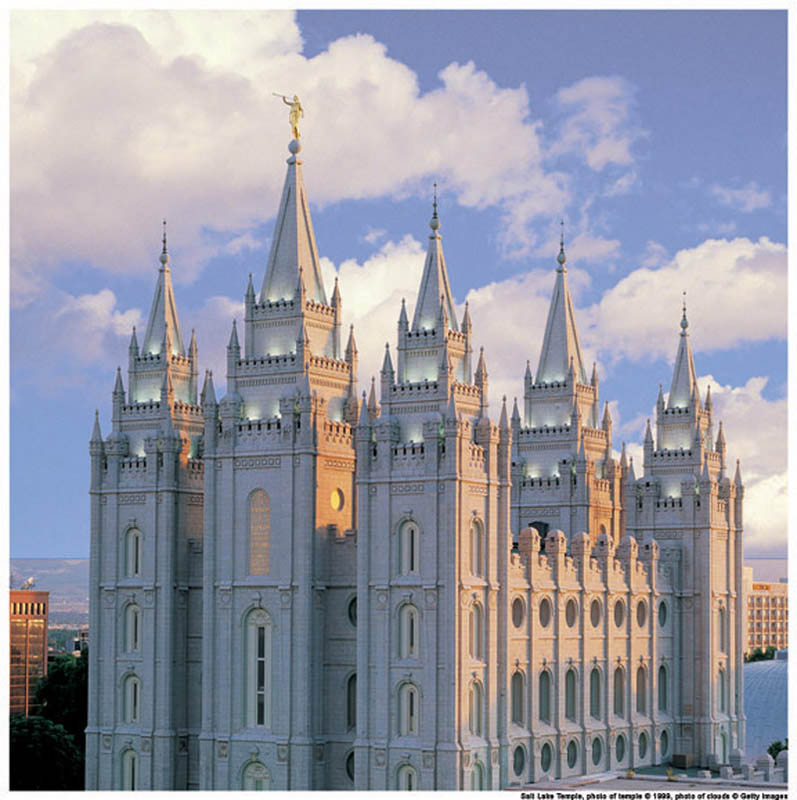
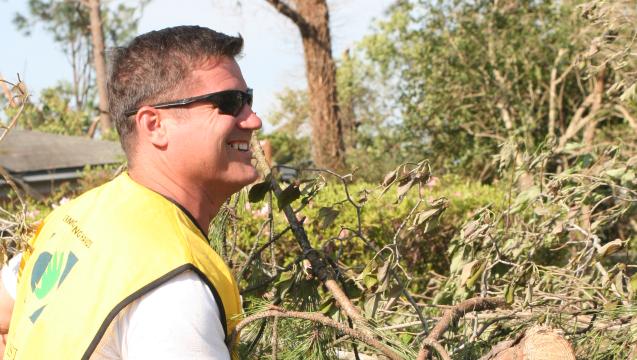
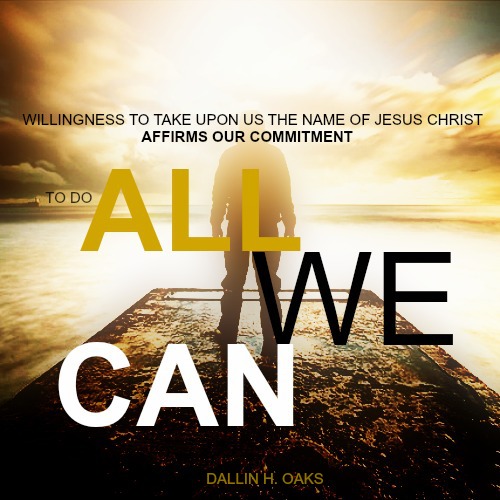

Do you know about when were the disposable cups introduced? What was used prior to that when partaking of the sacrament water?
I don’t know the answer to this, but will inquire. Of course, it is not critical to the ordinance, but will see if we can find it out.
Why do we take the bread before the water during the sacrament
At the Last Supper, the Savior started with the bread and then administered the water. (See 1 Corinthians 11:23-25.) The sacrament prayers in the Book of Mormon are also in that order. Since so much of the Restoration of the Gospel is about making things the way they were in the early church, in the Savior’s time. I think that’s why we eat the bread before the water during the Sacrament. Also the Lord is always specific in the way He wants Ordinances to be done. There is other latter-day revelation that discusses it in the Bible dictionary, study helps, etc. LDS.org is a great reference. Did that answer your question?